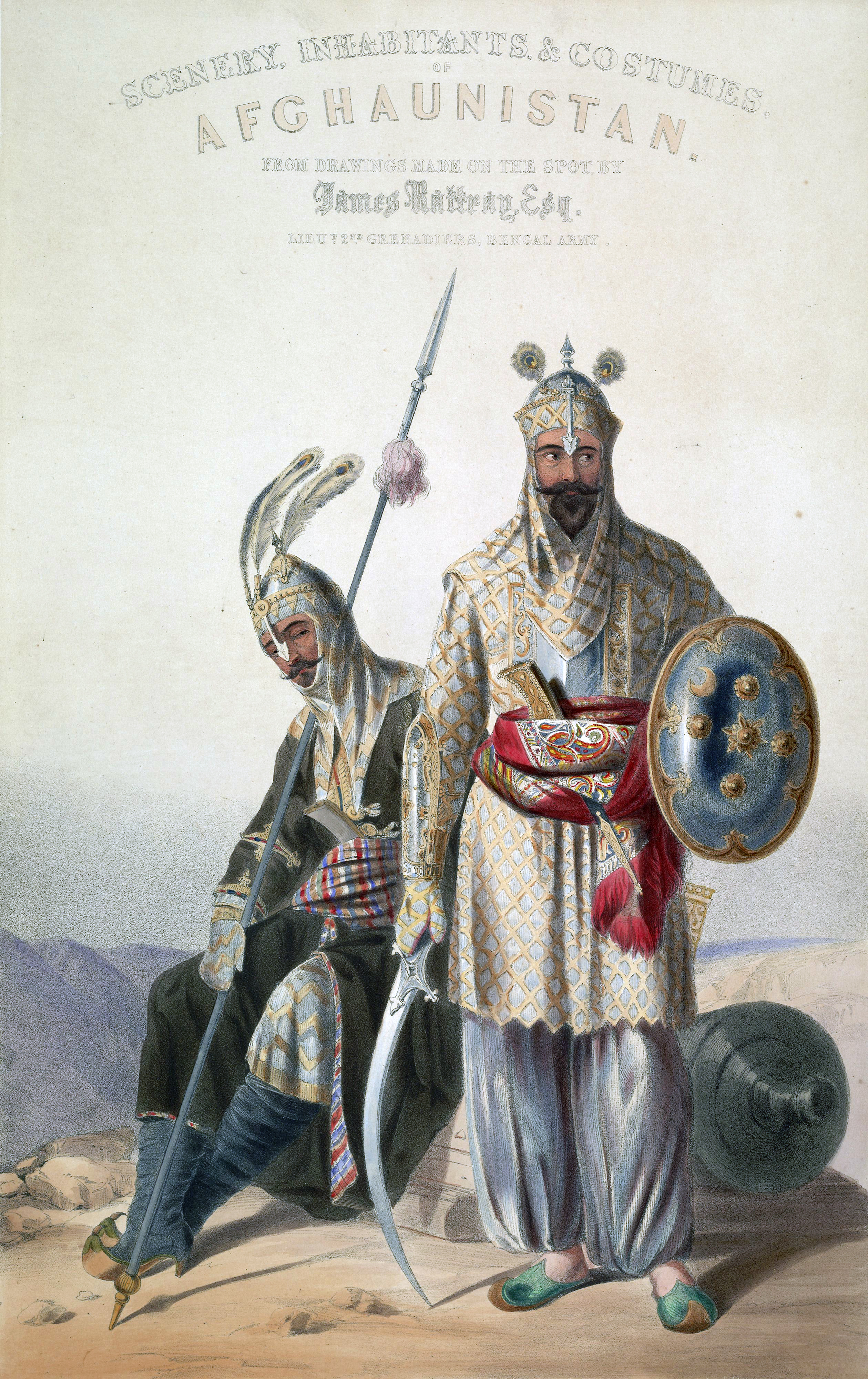Polish posters
The Chairman smiles: political posters from Soviet Russia, China, CubaPoster For Tomorrow
Shephard Fairey
Power to the Poster
60s Art Nouveau influenced posters
Wolfgang's Vault
Gig Posters
Peyton emerged as a vanguard voice in the return to narrative figuration in contemporary painting in the 1990s, and is among a small group of artists to develop a peculiar hybrid of realism and conceptualism. Although her paintings reference nineteenth-century modernist painting - from Eduard Manet to John Singer Sargent - Peyton processes these masters through an intimate understanding of twentieth-century artists such as David Hockney, Alex Katz, and above all, Andy Warhol. Like Warhol, Peyton's art is at the service of the culture it captures. A brilliant colorist with a razor-sharp graphic sense, her paintings are enormously seductive in form and content, celebrating the aesthetics of youth, fame, and creative genius. They are also testaments to Peyton's deeper passion for beauty in all its forms - from the elevated to the everyday. Ultimately, Peyton's paintings are evidence of a dedication to the creation of a new kind of popular art. Steeped in history, her work aspires to bridge the gap between art and life.
 |
| Ida Waugh (1890) |
Senefelder had experimented during the early 19th century with multicolor lithography; in his 1819 book, he predicted that the process would eventually be perfected and used to reproduce paintings.[1] Multi-color printing was introduced by a new process developed by Godefroy Engelmann (France) in 1837 known as chromolithography.[1] A separate stone was used for each color, and a print went through the press separately for each stone. The main challenge was to keep the images aligned (in register). This method lent itself to images consisting of large areas of flat color, and resulted in the characteristic poster designs of this period.
 |
| Ernst Haeckel (1904) |
 |
| James Rattray (1847) |
 |
| Arribas (1937) |
 |
| Julio Suarez (1942) |